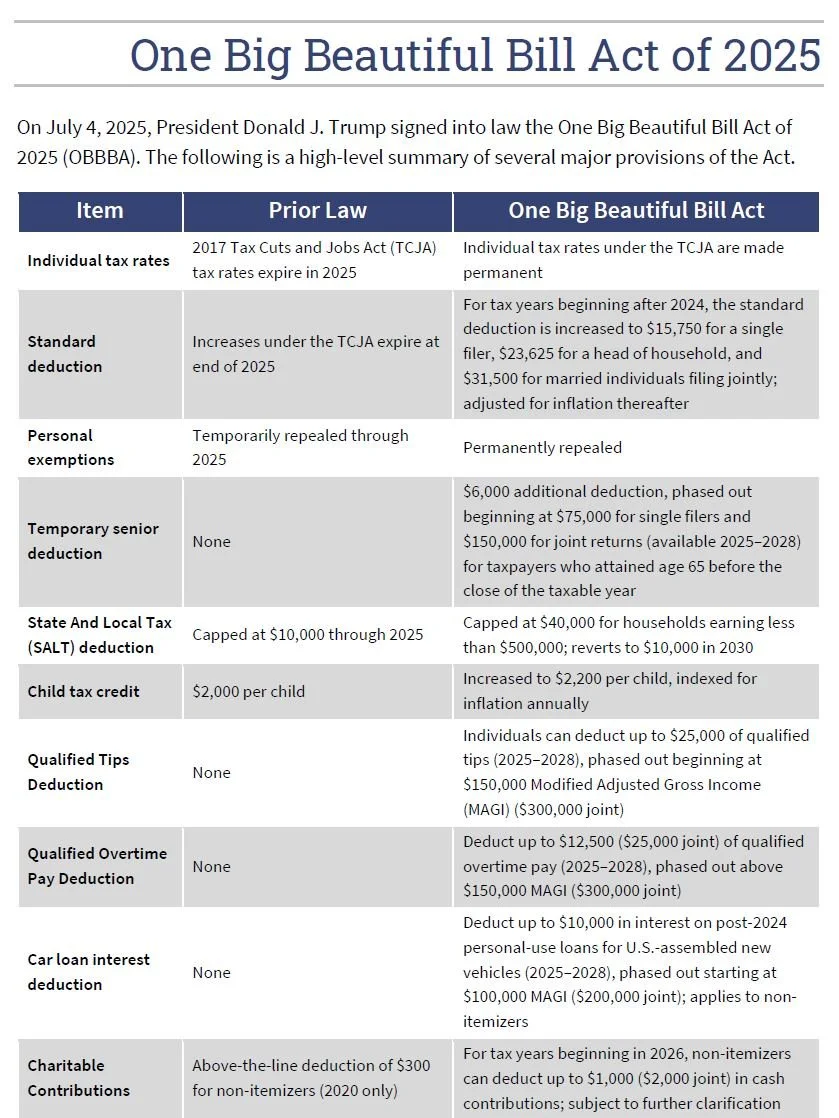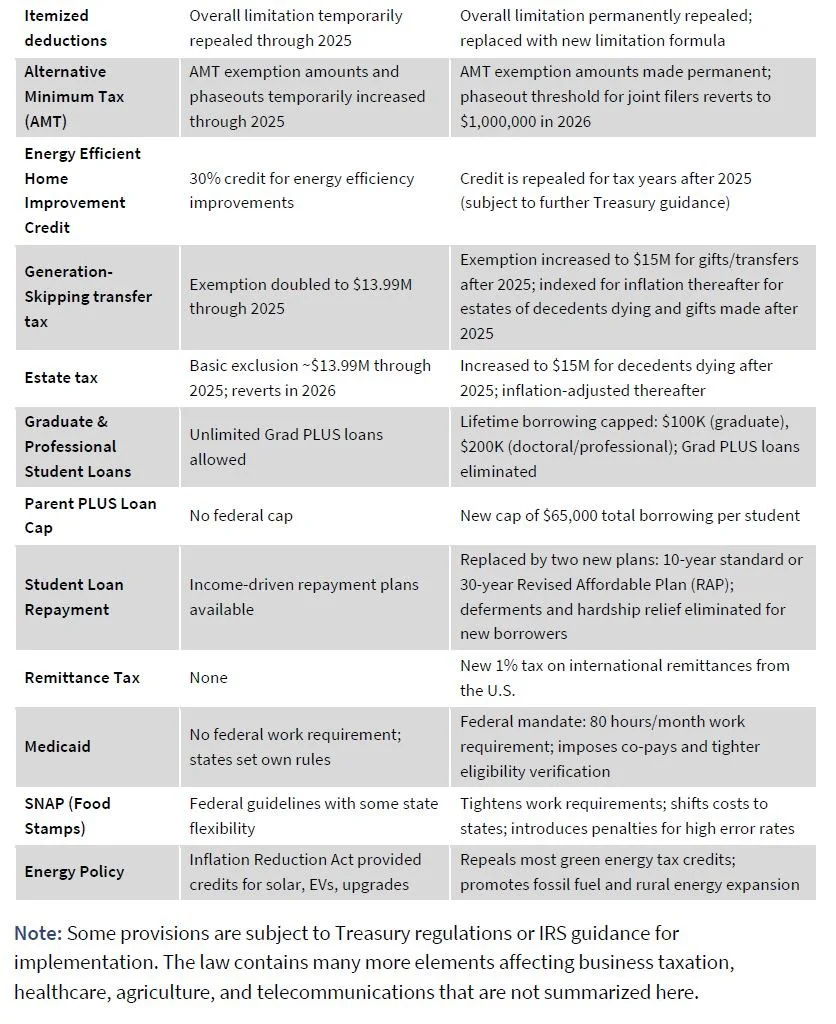Four Strategies for a Smarter College Search
/Four Strategies for a Smarter College Search
Presented by Gilbert & Cook in partnership with Cozy Wittman, College Inside Track
With college costs continuing to rise and the admissions process more competitive than ever, Gilbert & Cook recently hosted an educational event featuring Cozy Wittman, National Education & Partnership Manager for College Inside Track. Cozy has spent nearly 20 years helping families navigate the college search and application process to find schools that are the best academic, social, and financial fit.
This interactive session offered clear, practical guidance for parents and students looking to make informed decisions—and potentially save thousands of dollars in the process.
1. Understand the True Cost of College
Over the past 30 years, tuition at flagship universities has skyrocketed. For example:
University of Minnesota up 570%
University of Iowa up 460%
University of Wisconsin up over 1,000%
Wittman cautioned that flagship public universities—especially out-of-state—can often cost as much or more than private institutions. Families should look beyond sticker prices and explore schools offering significant institutional merit aid, which can make private universities surprisingly affordable.
2. Focus on Fit to Avoid Costly Transfers
A staggering 38% of students transfer colleges at least once, often due to poor academic, social, or financial fit. Each transfer can add an average of $14,000–$24,000 to total college costs.
Choosing the right-fit school on the first try—considering learning style, campus culture, and available support—can make a major financial difference.
3. Decode Financial Aid and the FAFSA
Wittman clarified key updates to the financial aid process:
The FAFSA (Free Application for Federal Student Aid) and CSS Profile are the two main forms used to determine need-based aid.
The new Student Aid Index (SAI) has replaced the “Expected Family Contribution.”
Having multiple children in college no longer increases eligibility for aid.
Parent assets are assessed at 5.64%, while student assets are assessed at 20%—a crucial distinction when planning savings.
Qualified retirement accounts, primary residences, and grandparent-owned 529 plans are excluded from FAFSA calculations
These nuances make proactive planning essential to maximize aid eligibility.
4. Scholarships and Admissions Strategy
Today, colleges themselves are the largest source of scholarship funding—not private organizations or online searches.
To become a competitive applicant for institutional merit aid, Wittman emphasized:
Maintaining strong GPA and test scores (standardized testing still matters for both admission and scholarships).
Building quality, meaningful extracurricular involvement—not just long activity lists.
Demonstrating genuine interest through campus engagement, essays, and thoughtful applications.
Understanding Early Decision (ED): it’s binding and best reserved for families confident they can afford full tuition without comparing aid offers.
A Match to Be Made, Not a Prize to Be Won
Wittman encouraged families to redefine what “success” means in the college process.
“College isn’t a prize to be won—it’s a match to be made,” she shared.
Students should prioritize the environment where they’ll thrive academically and personally, not simply chase the biggest brand name. With over 80% of students changing majors at least once, flexibility and support matter just as much as prestige.
Getting Started
College Inside Track offers complimentary family consultations to help assess college affordability, understand financial aid forecasts, and build a personalized search strategy. Families can learn more or schedule a consultation at CollegeInsideTrack.com.
For those interested in continuing the conversation about college planning and how it fits within your broader financial strategy, the advisors at Gilbert & Cook are here to help you align your families education goals with your overall financial plan—so you can live your Life of Abundance for generations to come.









